The Mysterious Masuda Iwafune Megalith of Kashihara City
2022/05/02
Hidden in the hills of southern Kashihara City is a little known but especially interesting spot for fans of ancient Japanese history. At least, what is commonly believed to be ancient Japanese history, but in truth nobody knows for sure because the Masuda Iwafune Stone, a massive 800 ton megalithic boulder lying on a forested hillside, remains an enigma.
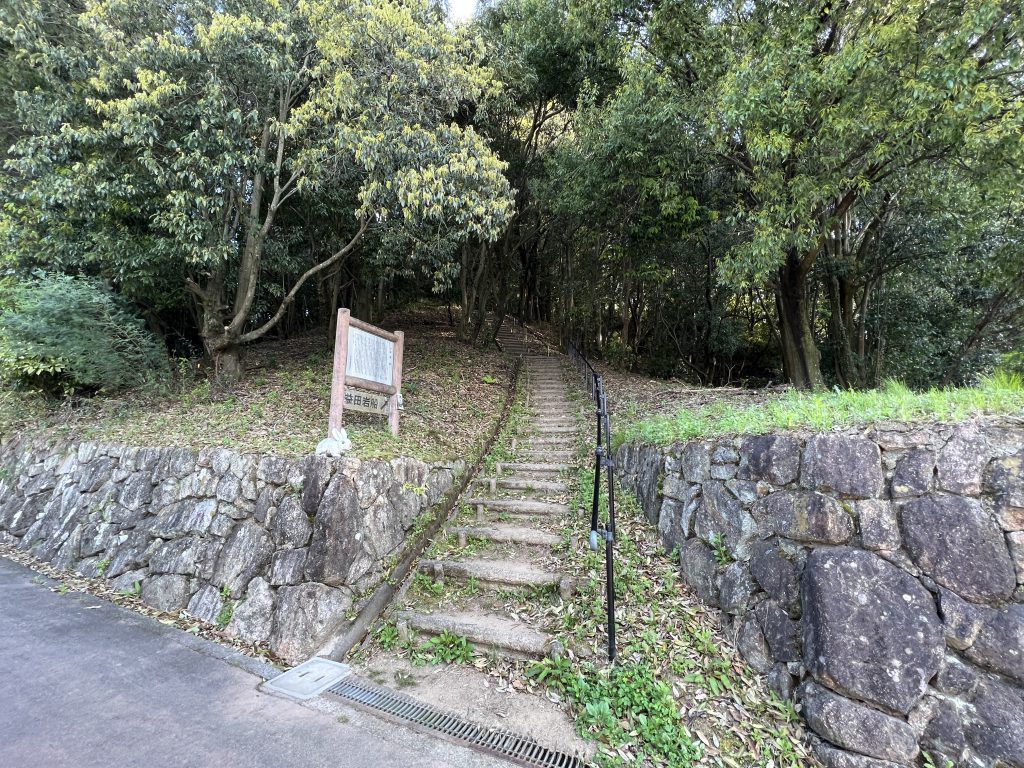
Trailhead leading up to Masuda Iwafune Stone.
Carved stones whose origins are a mystery, both large and small, are actually not all that uncommon in the Nara Area, with many famous examples found in the village of Asuka (more info on that here). Perhaps less mysterious but still impressive nonetheless are the various kofun tomb mounds that can be found throughout the Nara Basin and in neighboring prefectures like Osaka & Kyoto. As the Nara Basin was home to various early capitals of Japanese civilization, spanning hundreds of years of time, there are many tomb mounds to be found in the area. Sometimes the slabs of rock that were used in the construction of the stone tombs moved over great distances to reach their designated destinations, such as in case of the famous Ishibutai Kofun of Asuka. The reason I bring up kofun tomb mounds is because, according to a leading theory, they could explain the origins of the Masuda Iwafune Stone.
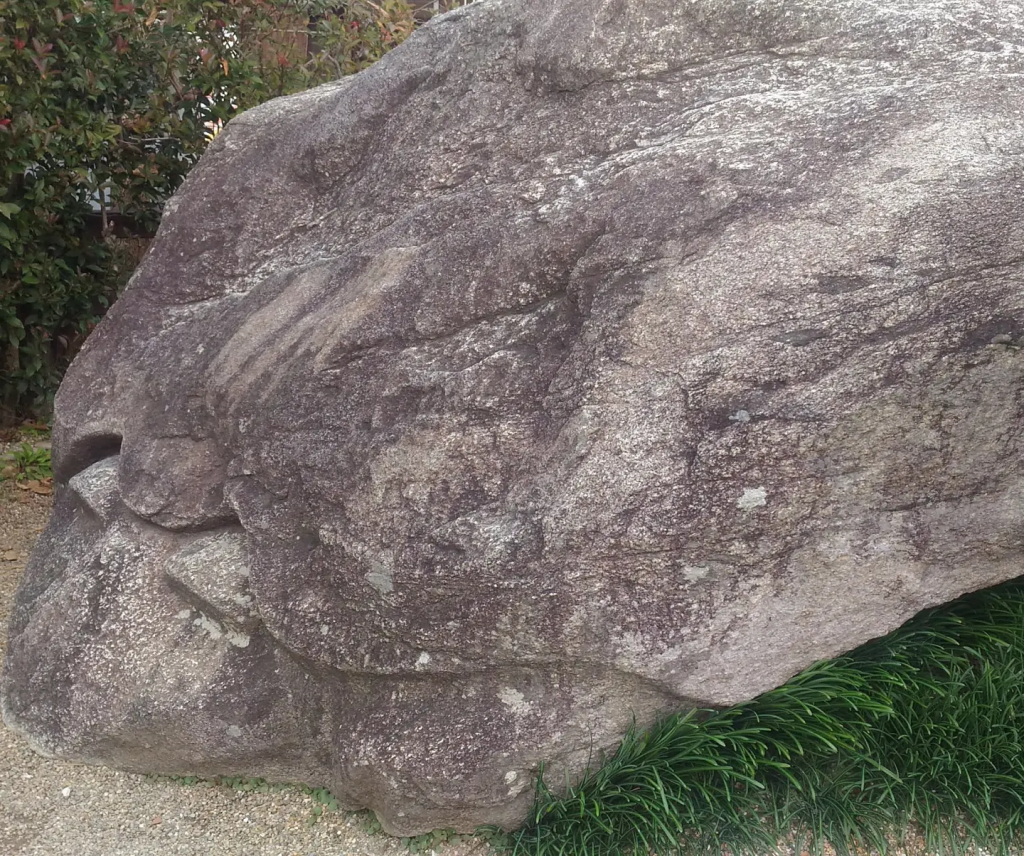
The Kame-ishi Stone of Asuka Village.
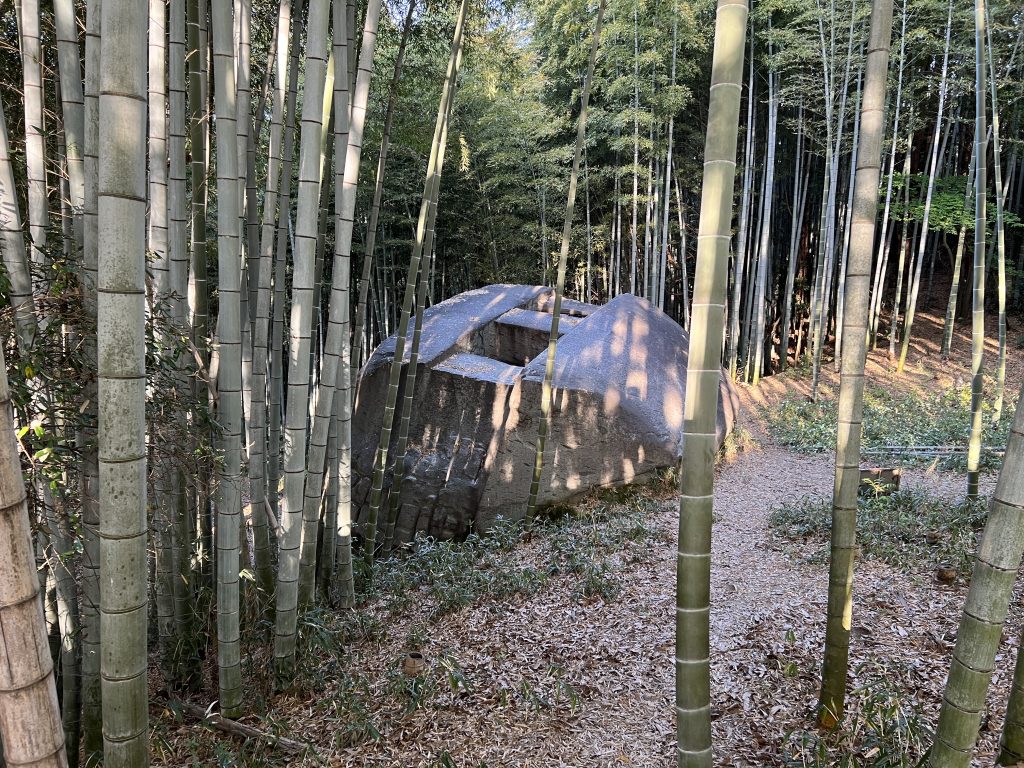
The Masuda Iwafune Stone. “Masuda” comes from the name of a pond in the area, and “Iwafune” means “rock boat.”
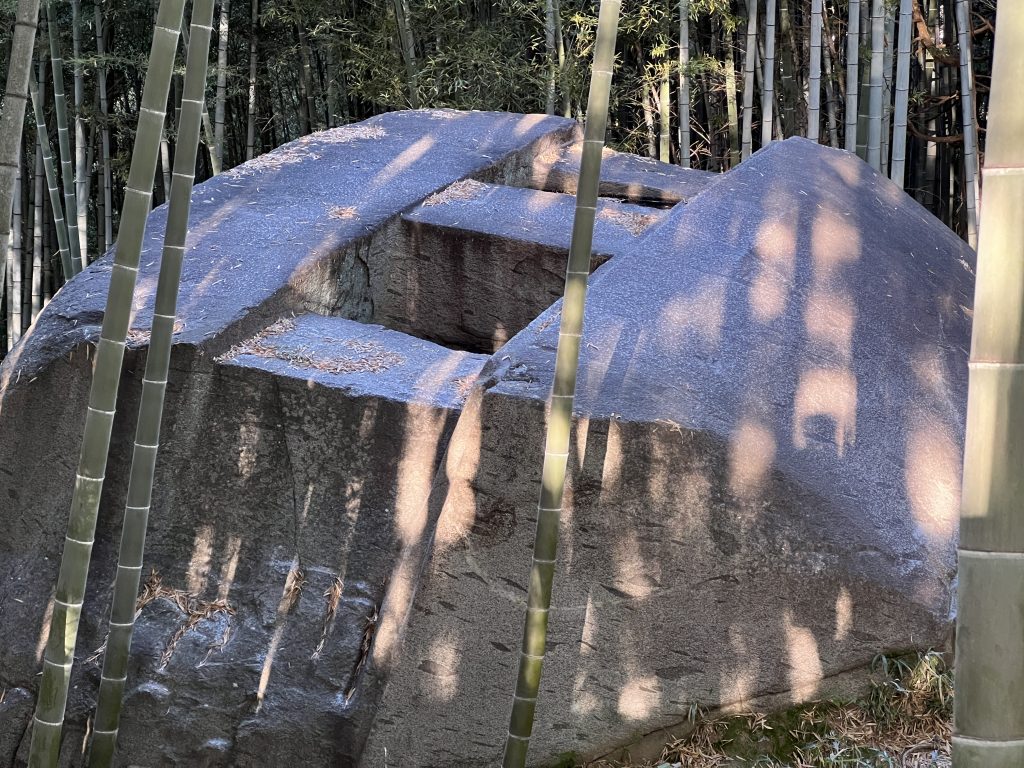
This is one boat that might not float very well.
One of the largest, if not the largest of Nara’s mystery stone megaliths, the Masuda Iwafune Stone stands at about 4.7 meters in height, with a length of roughly 11 meters east to west and 8 meters north to south. It is currently hidden from view inside of a bamboo forest that is accessible by a short hiking path not far from Okadera Train Station. Though clearly a fair amount of work was put into shaping this stone, there remains no known record of who made it or for what purpose.
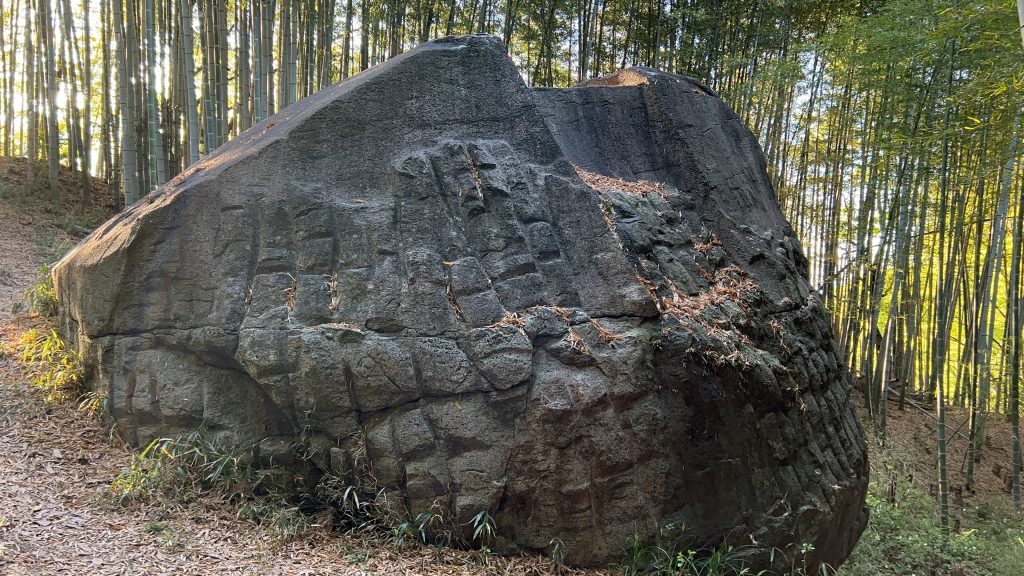
Almost scale-like carvings on the side of the Masuda Iwafune Stone.
The carvings on this boulder have long perplexed visitors and lead to all sorts of explanations in regard to their possible meaning and/or function. The almost scale-like carvings on the side are said to resemble the stonework of the nearby Kame-ishi Turtle Stone in Asuka. Experts have pointed out that the carving technique looks to date back to the end of the Kofun period around the 7th century, so its possible that the work done on this rock was done by the same kofun tomb artisans of that time. This brings us to some of the proposed theories surrounding the possible form and function of the Masuda Iwafune Stone:
Out of the list above, #1 is perhaps the most likely explanation, given the evidence and abundance of other kofun tombs in the area – but don’t take my word for it, why not go inspect Masuda Iwafune and form your own opinion on what its makers intended it for? It’s only about a 15 minute walk from Okadera Station and makes for a great place to visit for an hour or 2 that is off the beaten track in the southern Nara Basin.
Access:
Okadera Station is on the Kintetsu Yoshino Line which runs from Osaka-Abe Station in Osaka all the way to Yoshino Station in Nara. If you are not coming from Osaka (or if you are on a Kintetsu Limited Express train which does not stop at every station) you can transfer at Kashihara Station from which it is only 1 station away.

01
FIND YOUR FAVORITE
TRIP ON OUR WEBSITE.
SEND US AN INQUIRY.

02
PERSONALIZE THE TRIP
TO YOUR INTERESTS
WITH OUR CONSULTANT.

03
20% DEPOSIT TO CONFIRM.
BALANCE PRIOR TO ARRIVAL.
PAYMENT BY CC OR TT.

04
WE WILL
MEET YOU
AT THE AIRPORT.

05
DISCOVER THE
TREASURES!